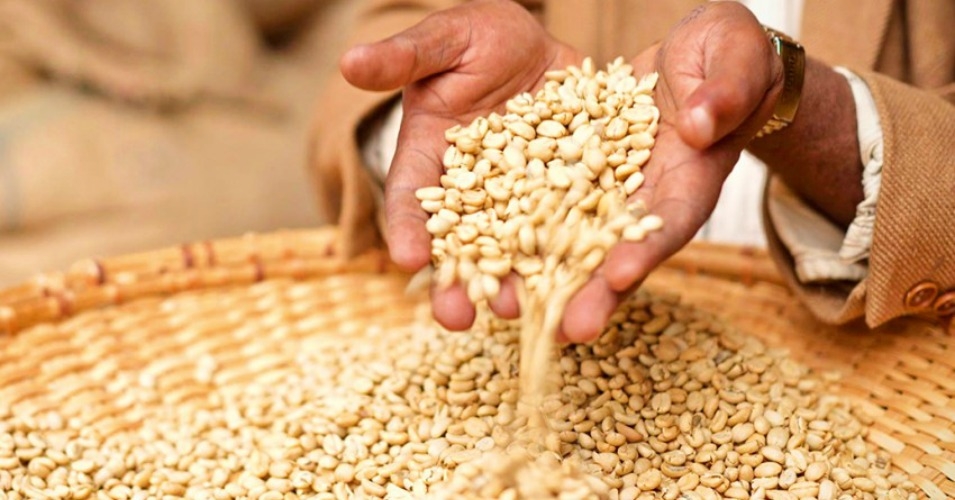
The Re-Colonization of Africa : Bill Gates and Genetic Engineering
Most of the world's food is grown by small scale farmers. While it is called "traditional" agriculture, it is never static and farmers constantly adapt. This traditional agriculture relies on a varied and changing mix of crops, a polyculture, which provides a balanced diet, is affordable for local farmers and can accommodate changing local conditions.
The Green Revolution relied on increasing acreages of monocultures, mostly cereal grains, which also increased the use of herbicides, insecticides and fertilizers as well as new varieties of high yielding crops. Inputs that small farmers, those who fed the people, were never meant to afford.
February 6, 2015 | Source: Common Dreams | by Jim Goodman
Most of the world's food is grown by small scale farmers. While it is called "traditional" agriculture, it is never static and farmers constantly adapt. This traditional agriculture relies on a varied and changing mix of crops, a polyculture, which provides a balanced diet, is affordable for local farmers and can accommodate changing local conditions.
The Green Revolution relied on increasing acreages of monocultures, mostly cereal grains, which also increased the use of herbicides, insecticides and fertilizers as well as new varieties of high yielding crops. Inputs that small farmers, those who fed the people, were never meant to afford.
It was an unsustainable system that called for too many inputs, too much machinery and too much energy. Credit was an essential part of the Green Revolution—creating debts that could never be repaid. And it did nothing to empower women, who grow a considerable portion of the world's food. It gave them no access to education, no power, and made it more difficult for them to maintain the rights to their land. Most importantly, the Green Revolution did not end hunger.
The Green Revolution never met expectations in Africa. This was for many reasons, including: civil wars, corrupt governments, governments that often could not work together, inaccessibility of water for irrigation, very diverse soil types, a lack of infrastructure and the sheer breadth of the continent. Perhaps Africa was lucky, while the Green Revolution was put forth as a solution to feed the hungry, it was also focused on permanently allowing Western governments to dominate politics and national economies—a new brand of colonialism.
Now, as global agribusiness interests look to expand their profits with the financial backing of the World Bank, the International Monetary Fund, United States Agency for International Development (USAID), various “charitable” foundations and the political backing of the more "developed" countries of the world (the G-8), Africa is the obvious target to be saved and developed. Corporations profit, Western governments gain control.
The Alliance for a Green Revolution in Africa (AGRA) seems to have all the answers. Started by the Bill and Melinda Gates and Rockefeller Foundations and fronted by African dignitaries, their goals for Africa appear to be remarkably similar to those of the first Green Revolution, increasing agricultural production through increased inputs, monoculture farming, production of grain crops for the global market and little in the way of societal change to empower small scale farmers, women or the poor.
